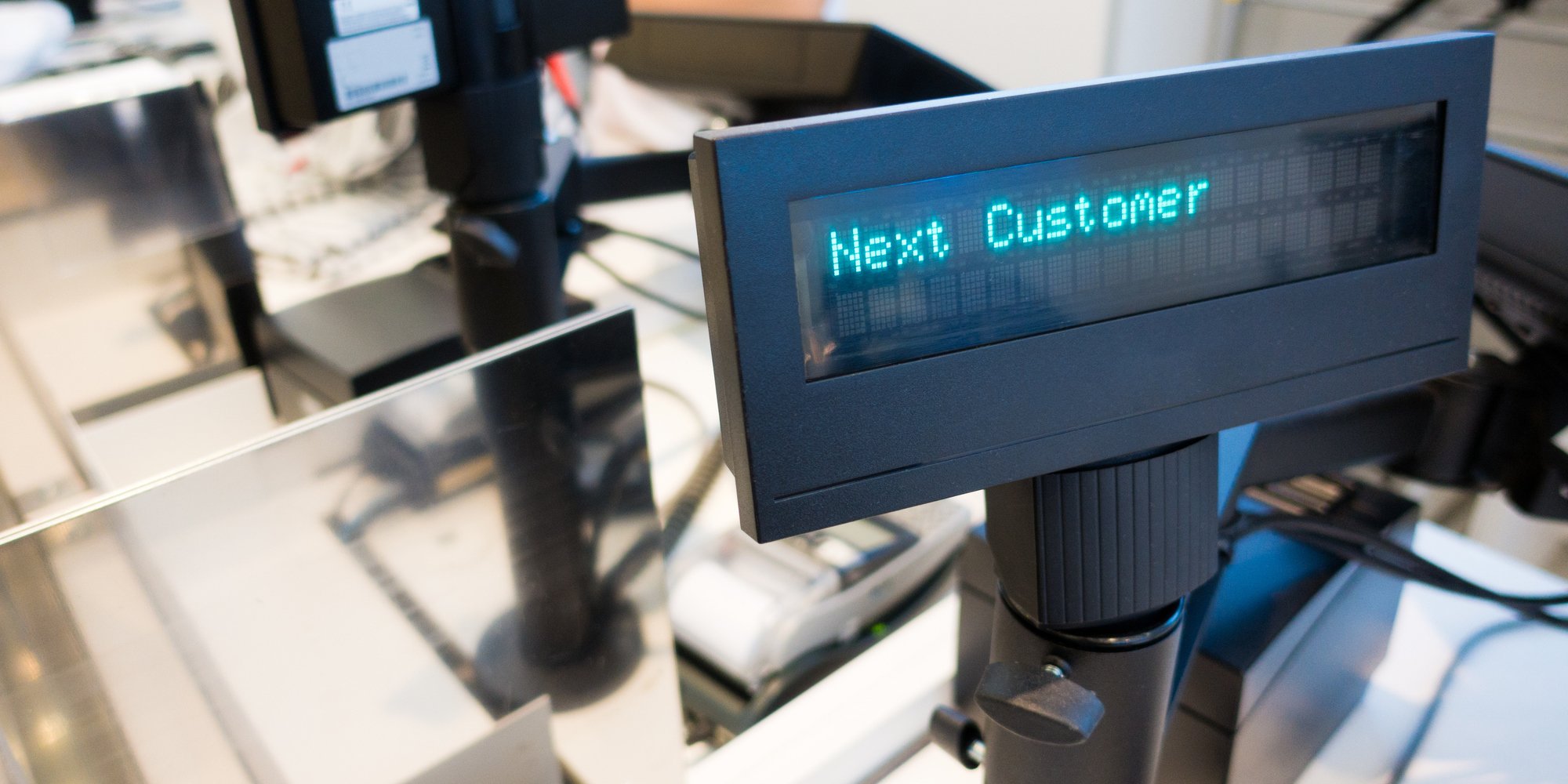IT strategy as it relates to retail is more than just a bunch of data crunching algorithms that are generated quarterly. Having software in place that shows what happened during a specific period is only one piece of the puzzle. It's important to know where your brand has been, but analytics that reveal where your brand could be are the way forward. Where you're going is a far better lens through which to view product development, retail trends, and sales strategy. The next big thing isn't seen by looking back to what has already occurred, it's found by forecasting future trends. There is a reason they call retail marketing solutions "next-generation technologies." Past performance is relevant, but only to a point. The winners in retail sales will be those brands that have a forward-looking approach. Anyone looking to improve brand awareness should consider past trends, but always be asking, "What's next?"
The Front Line of Brand Reps
Let's say your brand includes sporting goods that sell in big-box retail outlets. How can you distinguish your products from the others that share shelf space? How do you make your ski jackets, swim goggles or running shoes stand out from the rest of the pack? Enter the field professionals; in-store team members that exist solely to bring your brand out of the pack, spotlighting the features that will drive sales. It's not as simple as hiring a bunch of bodies to stand around wearing branded hats and giving out logo swag. It's about the ultra-personalization of your brand. Finding your specific customer and connecting them to your brand is critical in the retail landscape.
Who would be the best choice to represent a company whose product is targeted to an active and physically fit customer who enjoys being outdoors and spends time (and money!) on getting just the right pair of gloves, or the perfect pair of ski pants?It's not going to be a field agent that has never been skiing or is more of a beachgoer than a winter sports enthusiast. Finding software solutions that can match brand agents with a particular product is the way to go. The classic Packard ads from the early part of the 20th century knew this when they employed their iconic ad strategy of, "Ask the man who owns one." While they didn't have the technology of today, those early marketing efforts were still geared to personalizing their brand and connecting potential customers to others like them.
The Technology
So, your brand is strategically placed in retail outlets, and you have a carefully selected field force that matches your target demographic in place. Now what? This is where technology becomes an integral part of the whole. This is where the rubber should meet the road in real-time. Software services that can connect your marketing team directly to the field force, with reports on sales, displays, inventory, and customer interactions can create an up-to-date progress picture that shows exactly what is happening, as it happens. The retail space is not a cubicle farm of worker bees putting cover sheets on TPS reports; it's a dynamic environment that demands a flow of information that is current. It's essential to equip those team members in the field with quality tech that enables them to provide direct information promptly. Sales reports don't tell the whole story; a successful platform includes input not only from sales transactions but the experiences of your "boots on the ground" team of brand reps. When your product is just one of many options available to the consumer or has a price point that is higher than some of the competition, a platform that connects your field agents is critical.
Let's take sunglasses as an example. Your brand is a finely crafted assortment of sports-oriented sunnies that are designed to look good and offer high performance. Anyone can run into the drug store or similar retailer and grab a pair of plastic frames with dark lenses and call it done, but that is not your customer. How do you engage the consumer that is looking for something more? Well, data from the stores that carry your product can reveal a lot about sales patterns, but it's your people that ultimately drive higher-end purchases. Having reps in sporting goods stores that are dedicated exclusively to your product is one way, but these reps can provide key insights into what works, how customers regard the brand and what they want. Store associates have no particular drive to sell Oakley glasses instead of some other brand, but reps that are already fans of Oakley can move the product by engaging customers with incentives that could include free giveaways like branded cases, hats or other swag. Arming the reps with software that allows them to utilize social collaboration across each retail location is a way to leverage the valuable information they get from their interactions with the customer base.
In addition to counting up sales, retail analytics should also include live store feeds. This information, if it's in real-time and streams from in-store reps across multiple locations, is an invaluable asset to any marketing team. A live snapshot of your brand at any given moment allows for adjustments to inventory, incentives, and issues that need immediate attention Waiting until the end of the quarter could be too late. Action plans that come after the fact are not as effective as those that are generated with live data. Since collecting data is about mining it for trends that improve sales and the perception of your product, whether it's running shoes, sports equipment or sunglasses, the quality and timing of the data are crucial elements.
ThirdChannel provides a modern solution with real-time data that is scalable (in under four weeks.) We offer robust analytics and deliver detailed reports that provide informed solutions, before the end of the quarter comes.
Would you like to learn more about ThirdChannel's cloud-based software solution, supported by a network of over 150,000 vetted brand representatives? Click below.



